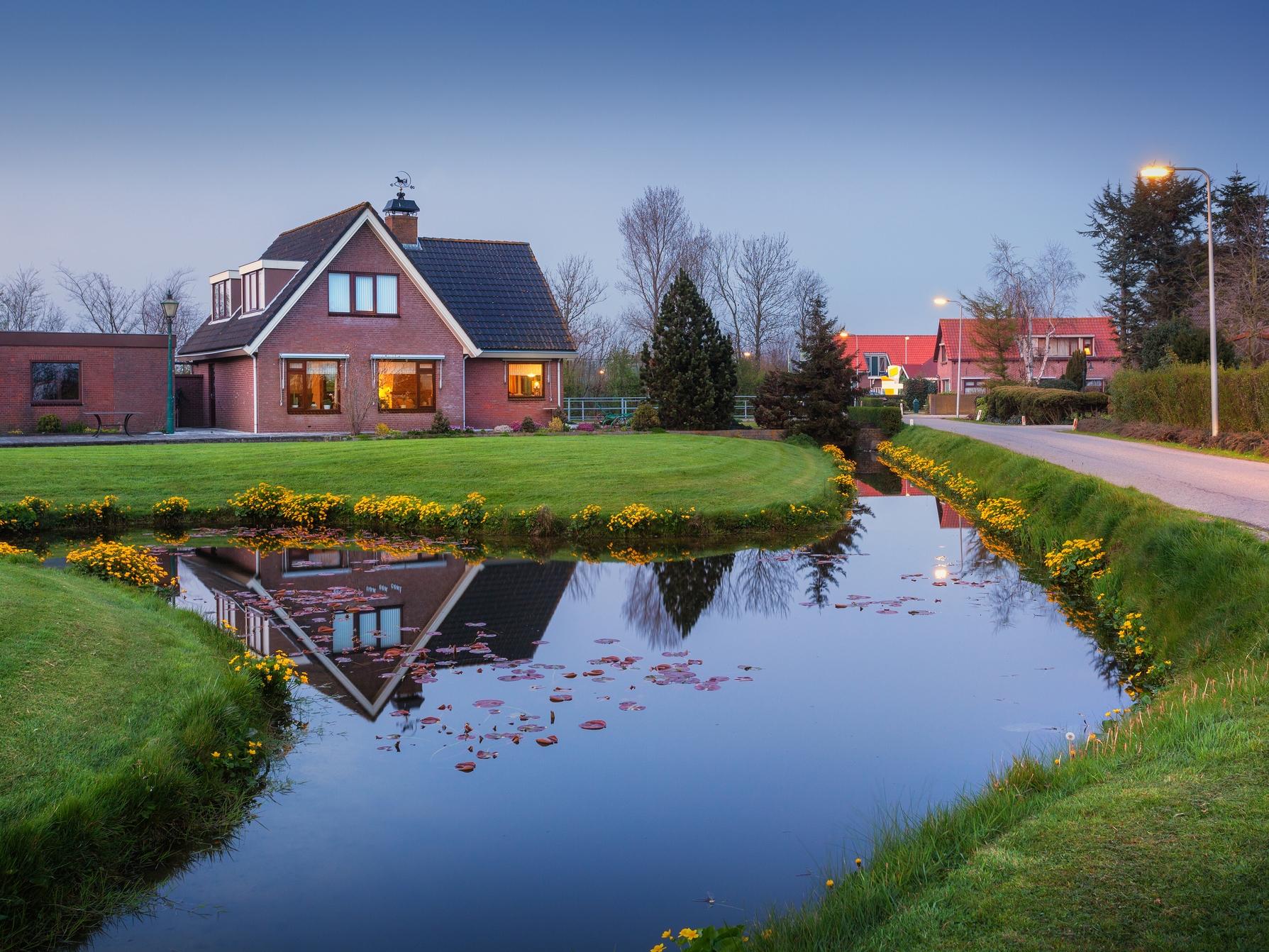Flood Risk Map Hullbridge
Flood Risk Rivers and Sea
The Risk of Flooding from Rivers and the Sea (RoFRS) indicates the probability of flooding from rivers and the sea, incorporating the presence and maintenance of flood defences. While such defences can significantly reduce flood risk, they cannot remove it completely — overtopping or failure may still occur, which is why maps may show some level of risk even in areas that are protected.
Extent of Flooding
| High | more than a 3.3% chance of flooding in any year (at least 1 in 30) |
| Medium | between a 1% and 3.3% chance each year (between 1 in 100 and 1 in 30) |
| Low | between a 0.1% and 1% chance each year (between 1 in 1,000 and 1 in 100) |
| Very Low | less than a 0.1% chance each year (less than 1 in 1,000) |
Flood Risk Rivers and Sea - Planning
This planning map shows the risk of flooding from rivers and the sea. It was created by the Environment Agency to support with the flood risk assessments required for planning applications. Flood zones range from Flood Zone 1 (low risk) to Flood Zone 3 (high risk).
If your development is in a medium- or high-risk area, you will need a detailed, site-specific flood risk assessment. Get in touch with us to start your development process
Flood Zones
| Zone 1 (Low risk) | Less than a 0.1% chance each year (less than 1 in 1,000) |
| Zone 2 (Medium risk) | A 0.1%–1% chance from rivers (1 in 1,000 to 1 in 100) or 0.1%–0.5% from the sea (1 in 1,000 to 1 in 200) |
| Zone 3 (High risk) | More than a 1% chance from rivers (1 in 100 or greater) or more than a 0.5% chance from the sea (1 in 200 or greater) |
Flood Risk Surface Water
The Risk of Flooding from Surface Water (RoFSW) map illustrates where flooding could occur during heavy rainfall if water cannot soak into the ground or flow into drainage systems. In these conditions, rainwater may gather in low spots or move across the land surface. The map provides two key pieces of information:
- Flood extent – the area that could be affected
- Flood depth – how much water may accumulate
This national dataset is produced by the Environment Agency.
Extent of Flooding
| High | flooding could happen fairly often, with a chance of at least 1 in 30 each year (more than 3.3%) |
| Medium | flooding is less frequent, with a chance of between 1 in 100 and 1 in 30 each year (1% to 3.3%) |
| Low | flooding is unlikely but still possible, with a chance of between 1 in 1,000 and 1 in 100 each year (0.1% to 1%) |
Flood Risk Reservoirs
This is the maximum extent if a reservoir were to fail and release its water. This is the worst case scenario, it's unlikely that any actual flood would be this big. This data is intended for emergency planning services only.
Historic Flood Map
These are areas of land that have been previously flooded in England. It is possible that an area has been flooded but has not been recorded. This data does not indicate if a property has been flooded internally.
 Historic Flood Outline
Historic Flood OutlineReduction in Risk of Flooding from Rivers and Sea due to Defences
This database indicates where areas have reduced flood risk from rivers and sea due to the presence of flood defences.
The dataset has been created to help initiate conversations about the impact our flood defences have on the risk of flooding from the rivers and sea, and as a prompt to find out more about the flood defences in a particular area of interest. It does not replace any local, more detailed information.
 Reduction Risk of Flooding from river and sea due to flood defences
Reduction Risk of Flooding from river and sea due to flood defencesFlood Warning Areas
This map shows the areas where the Flood Warning Service is provided by the Environment Agency. We recommend you register to the service if your property is expected to flood from river or sea.
 Flood Warning Areas
Flood Warning Areas5 Day Flood Forecast
The Flood Guidance Statement (FGS) is a 5-day risk-based product for England and Wales
- It is produced by the Flood Forecasting Centre (FFC)
- It shows the forecast level of flood risk for the coming 5 days for surface water, river, groundwater and coastal flooding
- It uses a detailed risk matrix approach, based on a combination of likelihoods and impacts
- It forecasts at a local authority scale
- It provides a summary forecast for the 6 to 10 day period where necessary
Overview
See user guide for more information
Forecast flood risk areas
Flood Risk Solutions
We need to adapt our way to live and learn to live with flooding. We can limit the impact of flooding by working together at a development, community and house level. These are some initiatives that you can start applying.
Green infrastructure is a cost-effective and sustainable flood management approach that gathers and removes water at its source.
Use green roofs to soakaways. Make them part of the landscape. This will reduce their costs and increase the quality of your development.
Re-use rainwater for the irrigation of plants, gardens and also within buildings. Design your development with temperate climate areas in which water is used.
It is easy to forget that flood water can be part of the development. Although we can protect individual dwellings from flooding, we can also make the external areas enjoyable and part of the flood zone.
Zero carbon will reduce climate change and in turn the risk and impact of future flooding.
